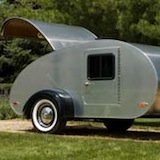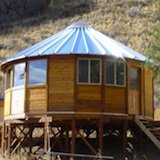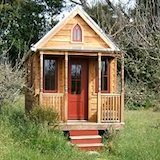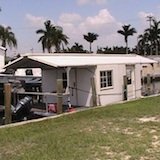Building a Cob Home
|
|
When it comes to building a cob home Pat Hennebery is a great person to listen to because he has built more than 25 cob homes plus ovens, garden walls, fireplaces and sheds.
He has lived and built on Mayne Island, B.C. since 1983. He is a self taught carpenter/builder who took his first cob workshop with Ianto Evans of Cob Cottage Company in 1997.
Since then he has gone on to complete over 25 cob homes, plus many
ovens, garden walls, fireplaces and sheds. For the past six winters he
has taught workshops and built homes for Mexican families in Baja.
So, learn more from Pat below...
Why Cob? What is it?
It has been estimated that over half of the world's population live in earthen houses. It's been used on every continent except for Antarctica.
Cob, as we know it, comes from Wales and southern England and means lump or rounded mass. Basically, a blog of mud.
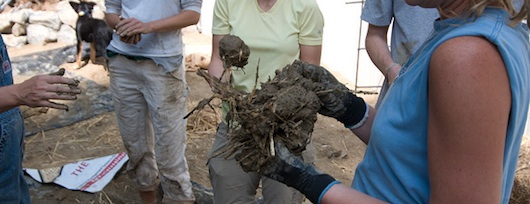
It's a mixture of sand (strength), clay (binder), straw (fibre) and water. All of these materials can be found in almost any region of the planet. It's ideal here in the Pacific Northwest because our winters are relatively mild.
Cob has very high thermal mass (ability to store heat), but it is a poor insulator. When used in conjunction with straw bales (high insulation), a comfortable home can be built in any climate.
When building a cob home design is most important along with a solid foundation, proper drainage,
and large roof overhangs. Positioning the home with thought (siting) is
critical.
Passive solar is the ability to receive sunlight in the winter and convert it to heat which can be stored in the cob and released later in the day.
With our rainy overcast winters, south facing windows or a solarium is most important to reducing heating costs. A large part of constructing a new home is labor. A cob workshop offers hands on experience while building a real cob home. This is a great way to get the skills and confidence for your own project.
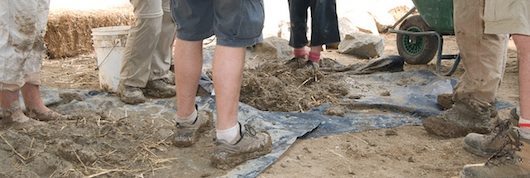
Can I get a permit for building a cob home?
For all building permits on the Gulf Islands we go through the
Capital Regional District (CRD). Building a home here has the same set
of rules as downtown Victoria.
Building inspectors are regular people who work for us. If you are considering a cob home, go and talk to your local inspection department and introduce yourself. Tell them your plans and ask if there are any alternative houses in their district.
It's a great way to meet other cob or bale builders who have already been through the process and can save you time and money.
Consider building a post and beam frame with a cob infill and hiring an engineer to sign off on the structure. This stamp on your plans makes the inspection department much more agreeable towards approving your project.
When I first thought about building a cob cabin, I bought up all the books on cob and natural building that were available and gave them to the CRD.
The next spring (in 1998) I talked to our local inspector and asked if he would approve a permit for a small cob "studio". He had read all the books and said, "sure, why not!"
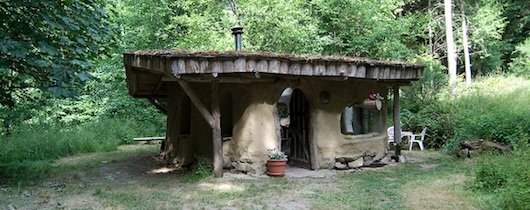
How can I afford land to build a cob home on?
We, as North Americans, get all obsessed over land ownership and material possessions. Buying a piece of property usually means a lngthy mortgage and two incomes. None of this is conducive to a healthy and happy lifestyle.
What if you did not own the land, but worked out an agreement with a friend who did? Have an agreement where you build a small cob house and get free rent for three to four years.
After that you can pay a minimal rent or barter for caretaking
duties. You can then build a small cob house as inexpensive as you
like. If the agreement goes sour, you just walk away.
You just learned how to build your own house and got to live in it. Your second cob home will be much quicker with far fewer mistakes.
The information and pictures are brought to you by Pat Hennebery and
Cob Works. To learn more about building a cob home continue browsing this web site and visit Cob Works.






